
Australian RCM Registration Process
Implementation of RCM
Certification requirements for Australian RCM:
1. The new regULation will take effect on March 1, 2016.
2. SAA and c-tick certifications will gradually be phased out, replaced by rcm certification, which covers safety regulations and EMC (C-Tick may still apply to some low-power wireless products).
3. All electronic products will be categorized into three classes: High, Medium, and Low Risk. There is no detailed classification yet, but generally, battery-powered products and those under 12V are considered low risk, 240V standard voltage products are medium risk, and high-voltage products are high risk. Low-risk products have a 6-month transition period, while medium and high-risk products have a 3-year transition period (this period is recommended by Australian associations, but the government has yet to confirm it in law).
Australian RCM Certification Application Process
1. A third-party laboratory assesses the product and determines the testing standards.
2. If any non-compliance is found during testing, the laboratory will modify the product to meet Australian standards.
3. Upon passing the tests, a test report will be issued.
4. Submit the test report to the Australian certification body for document review.
5. After review, the rcm certificate is issued.
6. The customer may complete the registration on the Australian website independently or through the laboratory.
Important Notes on Australian RCM Certification
1. The product must display the unified rcm logo, as per the Australian announcement on April 19, 2013.
2. For plug-in adapters undergoing RCM safety certification, random tests on the plugs are required.
3. For tube-type products, such as T8 LED tubes or fluorescent tubes, due to the direct replacement by users, there is a higher safety risk, and samples must be sent to Australia for evaluation.
4. Certification time may vary by issuing body.
Services Supported for Australian RCM Certification
1. New RCM applications.
2. Certificate renewal.
3. Technical modifications to the certificate.
4. Administrative modifications to the certificate.
5. Certificate transfer to another holder.
6. Certificate extension within the validity period.
7. Additional certificate printing services.
rcm mark
1. Safety (Product Safety Certification):
Product safety certification includes two parts: controlled (Prescribed) and uncontrolled (Non-prescribed) electrical products.
(1) Controlled electrical products are categorized according to ASNZS4417.2 and include heating devices, refrigeration equipment, power tools, and components. Three certification bodies—Queensland, New South Wales, and Victoria—are active in this process. Controlled electrical products must obtain a Certificate of Approval from the relevant monitoring department, and a specific marking is required (the certificate number must be displayed). The first letter of the certificate number indicates which state or region issued the certificate, such as:
- Q04051 (Queensland) — Q Number
- W2015 (Western Australia) — W Number
- V03101 (Victoria) — ESV Certificate V Number
- NSW18099 (New South Wales) — DOFT Certificate NSW Number
(2) Uncontrolled electrical products can be sold without certification, but manufacturers must ensure that the product’s electrical safety complies with Australian standards ASNZS3820:1998 (Essential Safety Requirements for Low Voltage Electrical Equipment). Monitoring bodies will issue a Certificate of Suitability for compliant products. Products with this certificate may display the certificate number, where the first letter indicates the issuing state or region, such as:
- CS431Q (Queensland)
- CS108NSW (New South Wales)
2. EMC (Electromagnetic Compatibility)
Australia's emc compliance scheme is based on the Radio Communications Act 1992 and covers a wide range of products, including electrical products driven by electric motors, power tools, lamps, television receivers, audio equipment, IT products, industrial, scientific and medical instruments, spark-ignition engines, and arc-welding equipment. This scheme classifies products into three categories based on the degree of electromagnetic interference. The second and third categories must carry the C-Tick label, but all products must meet relevant EMC standards.
- Category 1 products: Products with minimal impact on radio spectrum, such as manual switches, simple relays, brushless squirrel-cage induction motors, transformers, and resistors. Use of the C-Tick label is voluntary.
- Category 2 products: Products with a more significant impact, such as microprocessor or clock-based devices, rectifiers, slip-ring motors, arc-welding equipment, switching power supplies, dimmers, and motor controllers, as well as IT telecommunications terminal equipment (CISPR 22), which was reclassified from Category 3 to Category 2 as of November 7, 2003.
- Category 3 products: Products with a severe impact on radio spectrum, such as industrial, scientific, and medical instruments (CISPR 11).
RCM Coverage and Standards
RCM = Safety + EMC + Importer Declaration
1. Safety (Product Safety Certification): Includes regulated and non-regulated products, as mentioned above. Certifications must be issued by the relevant state or region.
2. EMC (Electromagnetic Compatibility): As per the Radio Communications Act 1992.
RCM certification can only be applied for by a local Australian company, which must apply for an RCM number from the Australian government. Chinese manufacturers and exporters can apply for an IEC or AS/NZS report under their own name, but the report must be submitted by the Australian importer for RCM certification. The registration fee is AUD 75 per year per product per trademark. For example, if a company imports the same batch of products under two trademarks, they must pay AUD 150 annually for registration.
Important Considerations
Since importers bear the risk of product non-compliance and non-Australian companies cannot apply for RCM certification directly, it is expected that more large Australian companies will change their current approach of letting Chinese manufacturers bear the cost of preparing reports and applying for SAA. They will likely prefer to appoint reputable laboratories to provide reliable reports and test data, and then apply for RCM certification themselves. While Australian laboratories can theoretically act as applicants to help a company obtain RCM certification, due to the legal liabilities, most labs are unlikely to take this risk. If they do, the associated costs may be high.
RCM certification in Australia does not require additional testing. Existing ce red and fcc id test reports can be used to generate a DOC file, and registration can be completed online. The registration screenshot and DOC file can be emailed to the respective business or client to complete the RCM registration.
Email:hello@jjrlab.com
Write your message here and send it to us
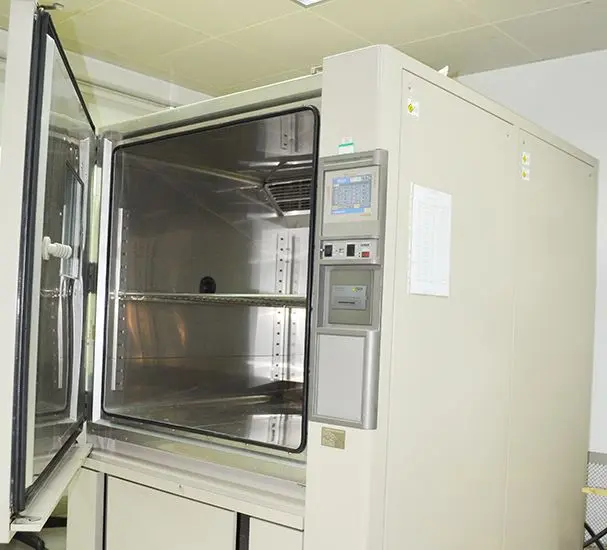 How to Test IP68 Rating
How to Test IP68 Rating
 Differences Between FDA and LFGB for Food Contact
Differences Between FDA and LFGB for Food Contact
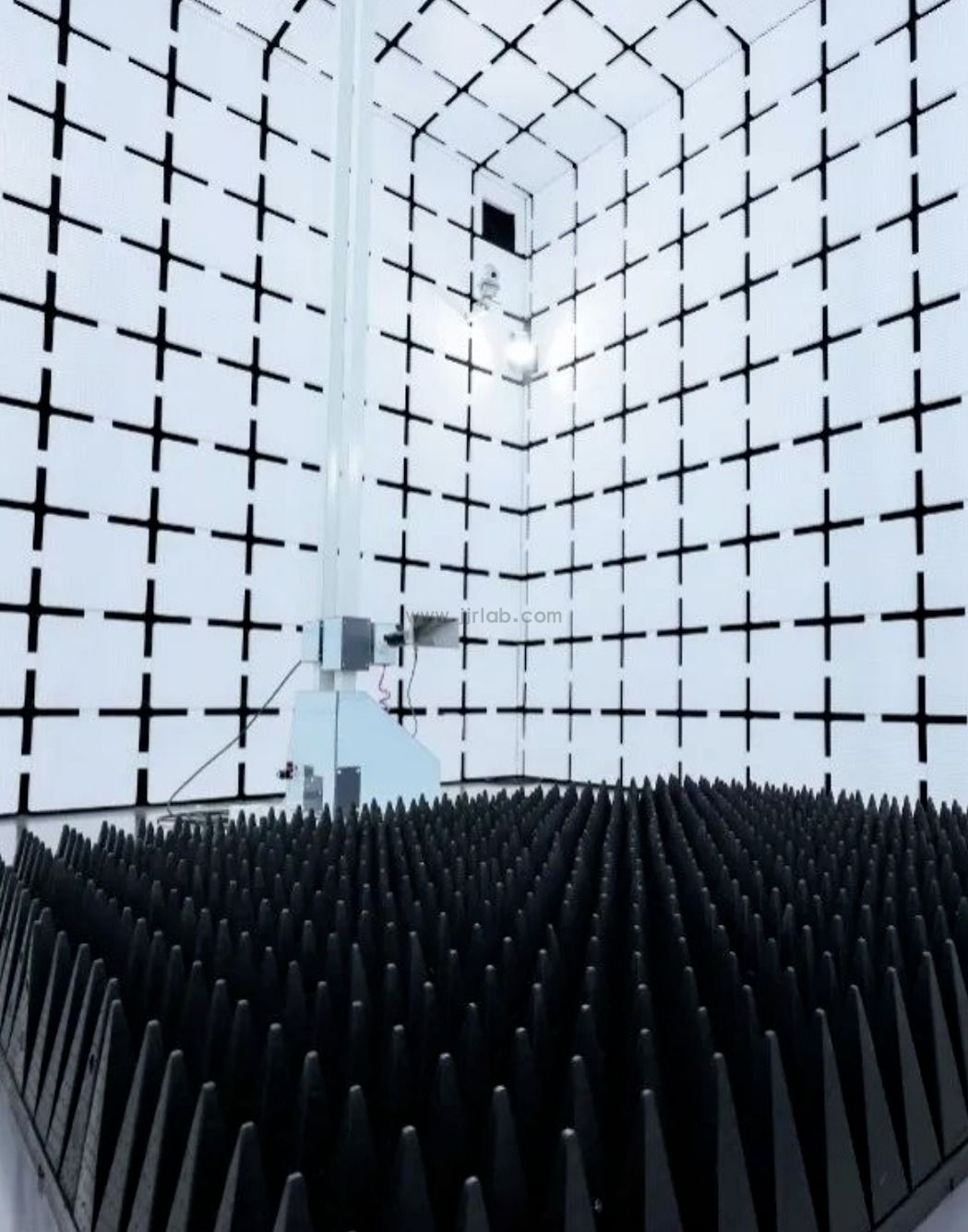 Process and Precautions for Amazon CPC Certificate
Process and Precautions for Amazon CPC Certificate
 E-mark Certification Testing Service Laboratory
E-mark Certification Testing Service Laboratory
 Amazon ISO/IEC 17025 UL Testing Service Laboratory
Amazon ISO/IEC 17025 UL Testing Service Laboratory
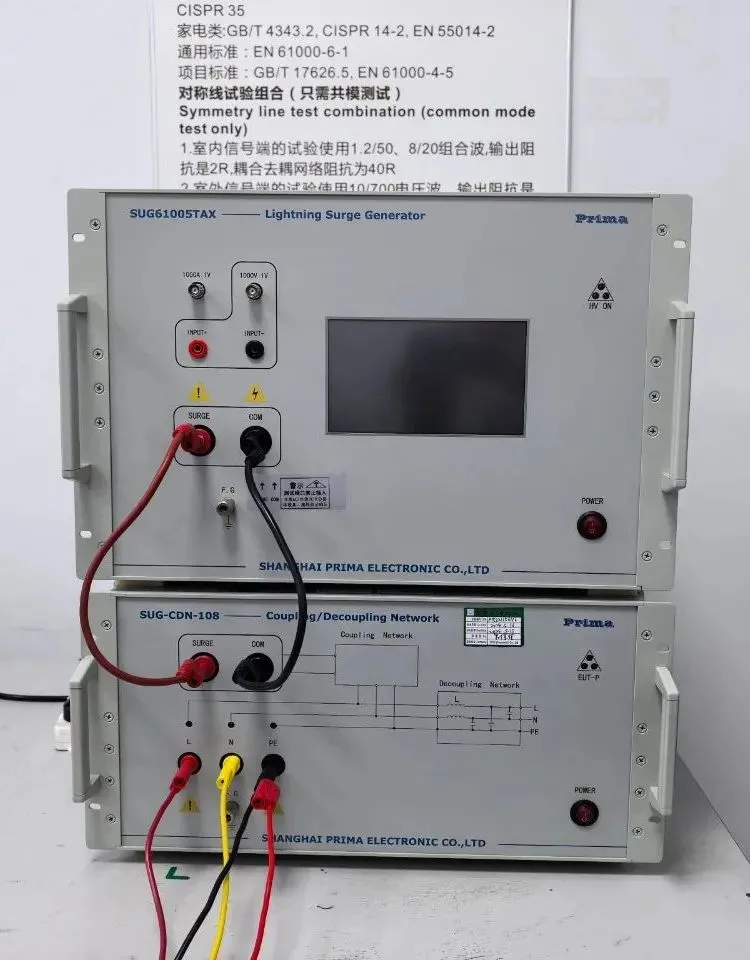 How to get CE Certification for Lighting Products?
How to get CE Certification for Lighting Products?
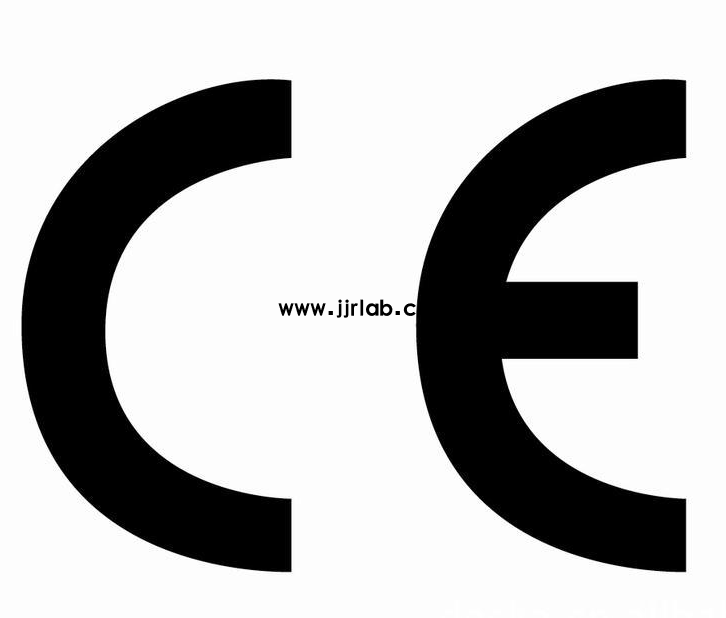 CE Certification Standards & Process for Elect
CE Certification Standards & Process for Elect
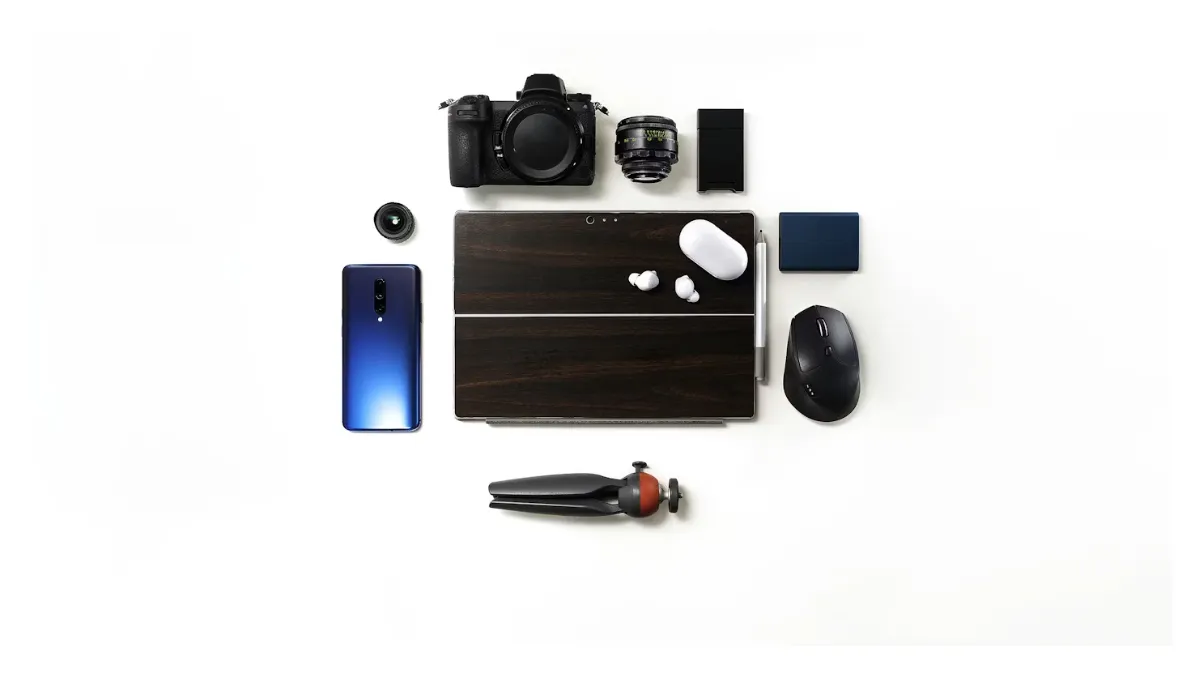 Japan METI Registration & Japanese Agent Servi
Japan METI Registration & Japanese Agent Servi
Leave us a message
24-hour online customer service at any time to respond, so that you worry!




